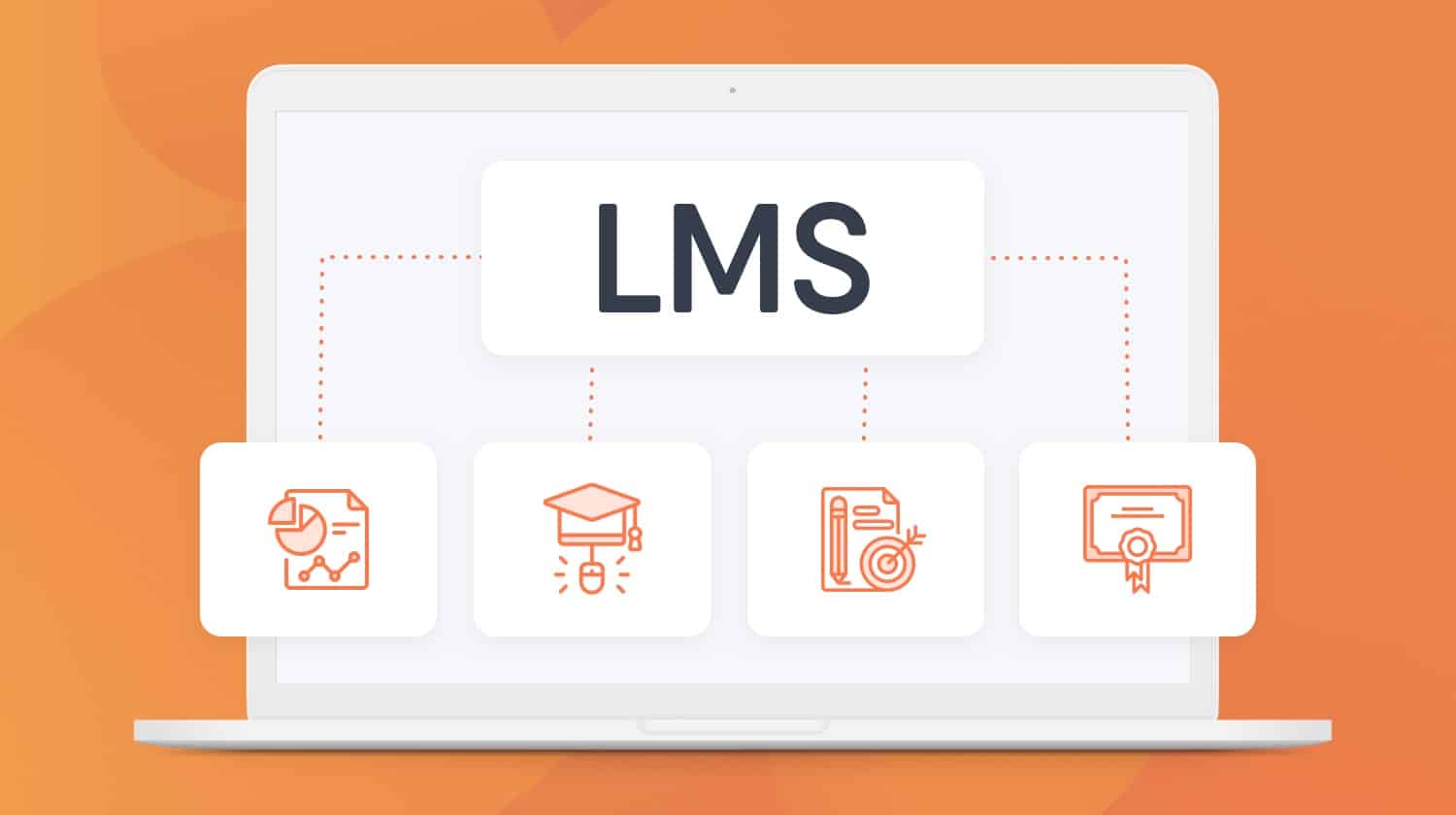This article will delve into the crucial reasons to implement online learning with LMS software, focusing on its ability to enhance customization, accessibility, and analytics.
To say that online learning, or eLearning, is popular in the workplace is a gross exaggeration.
According to an article by FindStack, around 80% of employers offer online training to their employees, and approximately 40% of Fortune 500 companies use eLearning for training purposes.
According to FindStack, further statistics demonstrating the widespread use of corporate online learning and/or its benefits include the following:
- The U.S. accounts for more than 31% of mobile learning spending in the global market.
- In 2022, the U.S. government spent in excess of $2.6 billion on online learning products for its employees.
- The online learning industry has grown over 900% in the last 22 years.
According to research from the National Center for Education Statistics, 58 percent of workers desire to learn at their own pace and from the comfort of their own homes. Because online learning allows employees to complete courses on their own time, it can help them be more productive.
“E-learning provides employees with a variety of enjoyable and engaging learning opportunities. To top it off, employees have the option of choosing their most convenient and preferred learning period, as well as the pace at which they choose to study. This is both a luxury and a significant increase in terms of learning capacity.”
All firms should implement online learning in the post-COVID business landscape. Companies can gain additional benefits in addition to those already listed by employing LMS software.
Continue reading to learn about some of the other advantages of using LMS software to provide eLearning to your employees.
Contents
Top Reasons To Implement Online Learning With LMS Software
In the workplace, online learning is efficient and convenient. It allows administrators to deliver training in a number of forms to a distributed workforce in order to improve knowledge retention.
Companies only need to figure out how to get eLearning to their employees. Online learning can be delivered in a variety of ways, including using LMS software.
LMS software is used by thousands of organizations to deliver eLearning. The LMS market is expected to reach $25.4 billion USD by 2024, according to MarketWatch, with a compound annual growth rate of 23.8 percent.
Here are some reasons why your firm should use LMS software to implement online learning if it hasn’t already:
2. LMS software can help improve employee engagement
Due to having to learn from home, not all corporate learners are finding it easy to stay involved with training. In a short amount of time, these workers are witnessing a slew of changes to the structure of employee training. Companies need all the aid they can get in this area to promote employee engagement, and LMS software may help.
Fostering ownership of training is one way LMS software enhances employee/learner engagement. It’s human nature to focus on what matters to you and overlook what doesn’t.
By allowing employees to take ownership of their own learning experience, LMS software fosters self-paced learning and boosts employee engagement with training.
Because LMS software is interactive, it aids learners in taking ownership of their training. It allows employees to talk with colleagues in real-time, share and comment on content, take quizzes, and participate in training games and simulations.
All of these activities necessitate complete involvement before progressing to the next eLearning segment, making learners more present and engaged during training.
According to an article in HR Executive, LMS software can also boost learner engagement by making employees feel more connected to their teams. According to the report, “a collaborative learning environment can help employees feel connected with their peers.”
“Tools like a digital LMS platform that offers many learning opportunities and attractive course content can help companies foster this.”
Improve Your ROI for Training With LMS Software
LMS software can aid in the management of employee training, the improvement of learner engagement, and the support of digital transformation.
However, these aren’t the only benefits of using LMS software in your firm. Another reason is that LMS software can help your company’s return on investment in learning and development.
When it comes to training, LMS software typically helps firms get more bang for their buck by allowing them to reuse existing training content. In addition, the training information offered by LMS software is adaptable.
You can not only reuse the material as is, but you can also adjust it for different learners and audiences, remove content errors, add new information, delete obsolete content, and build a variety of course versions. This avoids squandering valuable information and boosts a company’s training ROI.
Quick Links:




